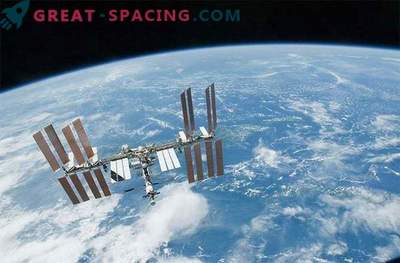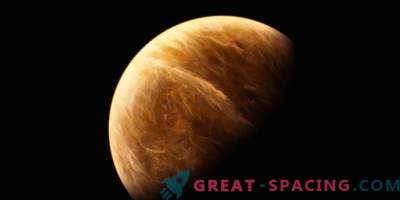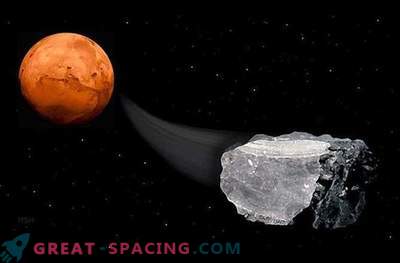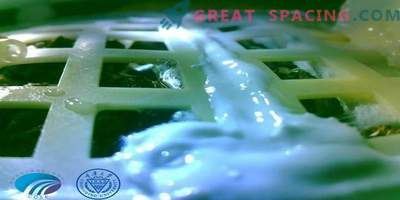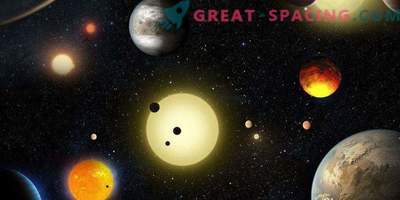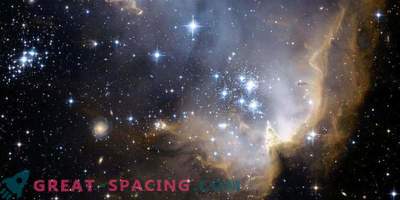
Experimental container on the outer part of the ISS
Recently, researchers presented the results of an experiment that confirms the possibility that life has arrived on Earth from space.
Calculate the chances for life
One of the theories of the origin of life on Earth says that living primitive organisms could arrive on our planet from ancient Mars or another corner of the solar system (perhaps further). However, researchers argued about whether living organisms could survive such a journey, because the cosmic and solar rays sterilize objects.
This was decided to test in the project BIOMEX (“Experiment in biology and Mars), created with the participation of ESA and Roscosmos. The original experiment was implemented in 2014-2016.
New Experiment

Capsule with contents returned to Earth.
On August 18, 2014, cosmonauts Alexander Skvortsov and Oleg Artemyev placed several hundred samples of various bacteria, microbes and algae in an experimental container. To test the influence of the space environment on living organisms, this container was placed on the outer skin of the Russian Zarya module on the International Space Station.
It is surprising that the vessels themselves were open to the space environment, so mosses, fungi, lichens, archaea and other primitive bacteria literally came into contact with the cosmos. In addition, some samples were in artificial soil that simulates Martian. On February 3, 2016, the lid was closed, and on June 18, the sample container returned to Earth.
Experimental Results

Simulating the conditions of Mars on Earth
On March 27, 2019, a two-day conference began in Berlin, where scientists presented the results of the experiment to the general public. The findings are very encouraging to those who dream of finding life on Mars. It turned out that some organisms and biomolecules returned to Earth from space alive after a 2-year stable bombardment of the space environment.
Particular attention was paid to archaea - unicellular microorganisms that existed on our planet for more than 3.5 billion years. They lived in salty sea water. Experimental samples represent relatives of the ancient archaea, preserved in the permafrost of the Arctic. Since they managed to survive, scientists are considering the possibility of hunting for archaea in other worlds.
Postscript
The researchers were able to prove that living organisms can survive in extreme conditions. Based on the experiment, they plan to create more accurate instruments for searching for life in other worlds.



